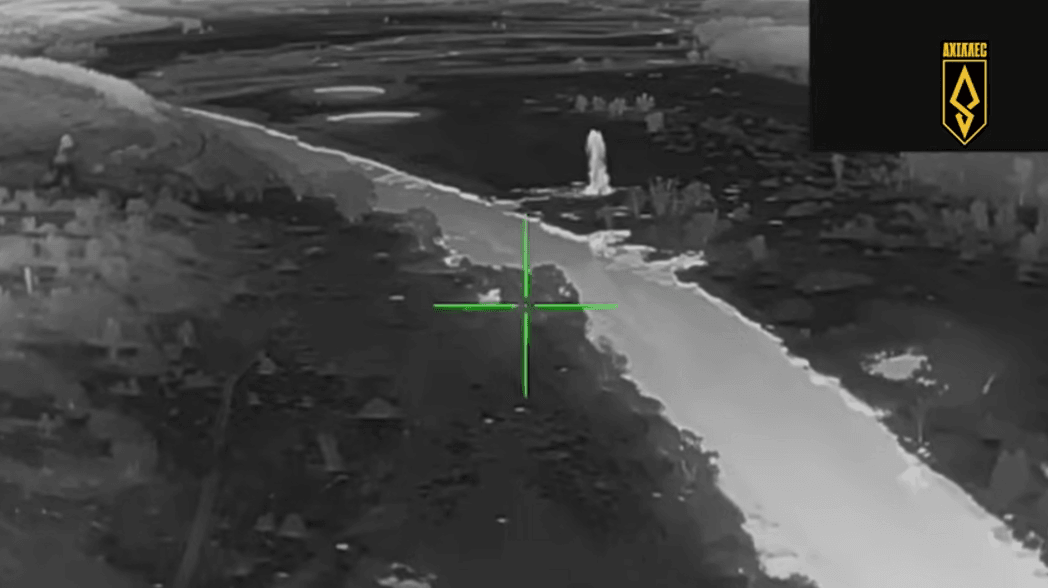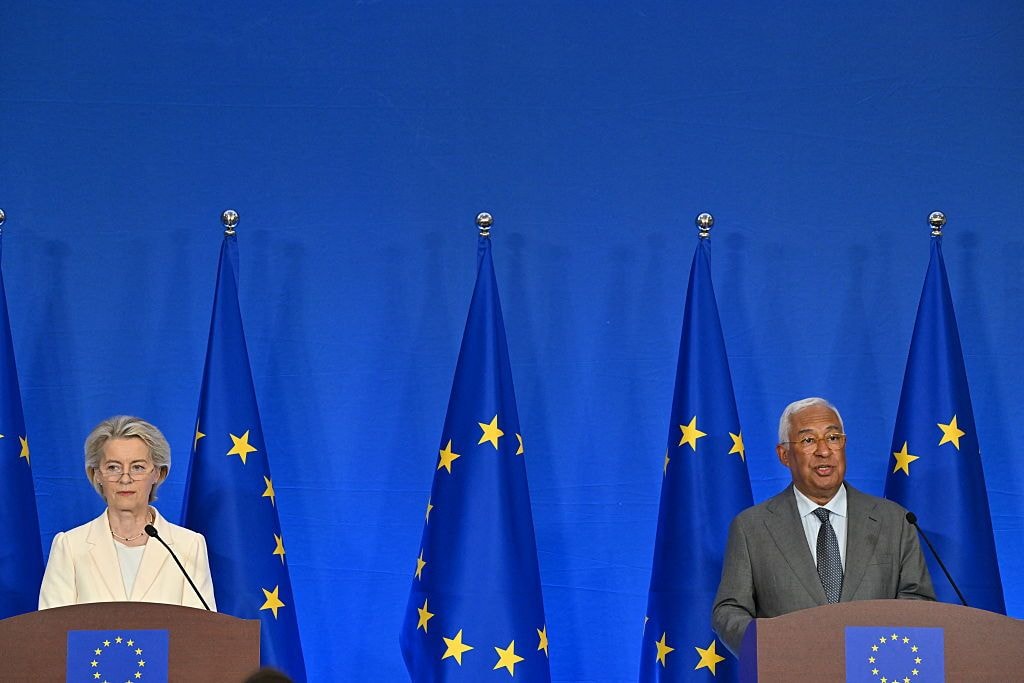Ukraine says it targeted Russia's Engels airbase infrastructure in 'multi-day, comprehensive operation'

Ukraine has targeted the infrastructure of Russia's Engels airbase in a "multi-day, comprehensive operation," Kyiv's 14th Unmanned Aerial Vehicle Regiment reported on Jan. 14.
In a post on Facebook, the regiment — part of Ukraine's Unmanned Systems Forces — said the attacks were to "reduce the enemy's strategic aviation capabilities" and had struck aviation fuel tanks at the Kristal oil plant used to supply Russian long-range bomber aircraft.
"We are doing our best to ensure that Engels fire crews, who have just put out the flames after the previous attack, are not left without work in the face of the increasingly difficult economic situation in Russia," it said.
A source in Ukraine's Security Service (SBU) later on Jan. 14 told the Kyiv Independent the attack had also struck ammunition warehouses at the airbase storing cruise missiles and glide bombs.
The SBU source added it was part of a wider operation overnight that targeted several sites across Russia, including the Aleksinsky Chemical Plant in Tula Oblast, the Saratov oil refinery, and the Bryansk chemical plant.
Earlier on Jan. 14, Russian local authorities reported an overnight drone attack had damaged an industrial facility in the city of Engels, located in Russia's Saratov Oblast, following a previous attack overnight on Jan. 8, which also targeted the Kristal plant.
They released no further details of what was hit on Jan. 14, but the 14th Unmanned Aerial Vehicle Regiment later claimed it had "struck the infrastructure of (Engels airbase)." It did not specify what type of weapon was used in the attack.
The Kyiv Independent could not independently verify the claims.
Several explosions were heard in the area, according to local reports from Russian Telegram channels.
Located in the Saratov Oblast, over 750 kilometers from the Ukrainian border, Engels airbase – also known as Engels-2 – is home to the 184th Heavy Bomber Aviation Regiment and 121st Guards Heavy Bomber Aviation Regiment.
It was built in 1952 and has been in service since 1954.
Engels is home to three types of Russian strategic bombers – the Tupolev Tu-95, the Tupolev Tu-22, and the Tupolev Tu-160, all regularly used to launch missiles at Ukrainian cities.
The Tu-95 is the older of the three aircraft, a Soviet-era plane that made its first flight in 1952. It was originally used to carry nuclear bombs but has since evolved to launch cruise missiles.

Each aircraft can carry 16 cruise missiles – either the Kh-55/Kh-555 or the newer Kh-101 and Kh-102 air-launched cruise missiles.
It features turboprop propellers rather than jet engines, as during the Cold War, their increased efficiency allowed it to fly all the way to the United States without refueling.
The Tu-22 carries the Kh-22 missiles, which poses a particular problem for Ukraine. It is supersonic and travels at around 4,000 kilometers per hour. Currently, the missile can only be shot down with the U.S.-made Patriot air defense system and potentially the SAMP-T, a joint Italian-French system.
The Tu-160 is Russia's more modern strategic bomber, entering service in 1987. To this day, it remains the largest operational bomber in the world.
It can carry a total of 12 Kh-55 missiles and up to 24 Kh-15s.
Ukraine's Unmanned Systems Forces were established to improve Ukraine's work with drones, form special drone-specific units, and improve the production, training, and innovation of unmanned vehicles.
Various aerial, naval, and ground drones have been developed and often successfully used for reconnaissance, combat, and other tasks throughout the full-scale with Russia.
The Ukrainian military has proven to be a pioneer in drone technology, using innovative ways to undermine Russia's material and numerical advantage.
Aerial drones have been used to ram into Russian helicopters or drop molten metal on ground positions, while naval drones were a key component in upending Russia's dominance in the Black Sea.
In turn, Russia has also widely deployed drone capabilities during the full-scale invasion, both on the battlefield and to attack Ukrainian cities and infrastructure.











